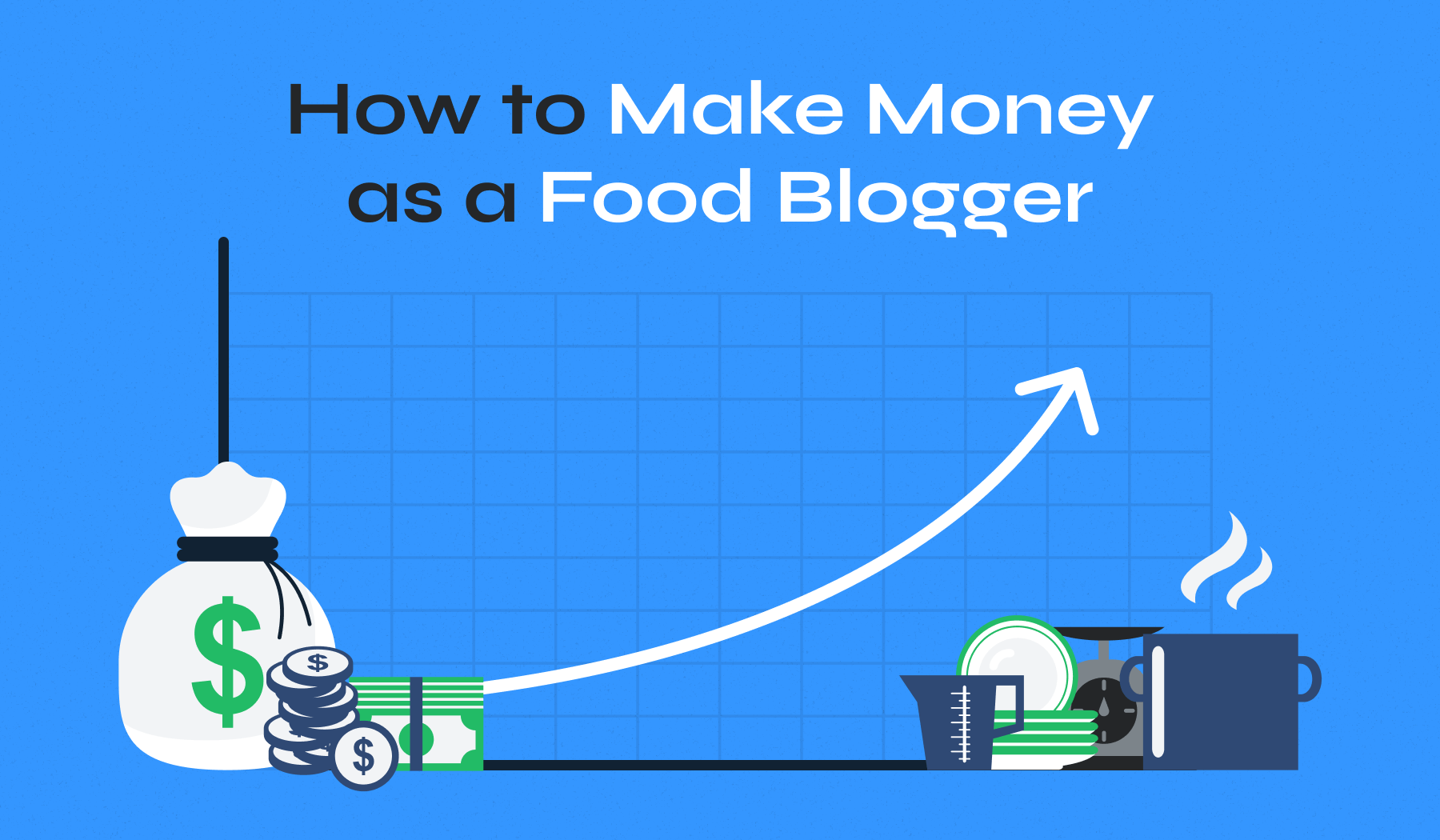
Many people start a food blog to share their love of cooking and eating. But what if you want to make money from your passion, too? Food blogging can be a lucrative venture as well as a lot of fun. In 2024, will you join the bloggers already making money from their food blogs?
Food and cooking can be a competitive niche, but the rewards can be substantial if you put in the effort to create great content and build a community for your readers.
This article serves as your guide on how to make money as a food blogger, walking you through the essential steps to transform your culinary passion into a profitable venture.
How Much Do Food Bloggers Make?
So, how much can you make as a food blogger? The biggest food blogs generate millions per month. Of course, at the other end of the spectrum, there are many blogs that make no money at all.
Let’s look at some inspiring examples of the most successful food bloggers who have successfully monetized their blogs, providing insight into the potential earnings one can achieve in this field.
- Tiffy Cooks, a popular food blogger, earned an impressive monthly income of between $45,000 and $55,000 in 2021.
- The Clean Eating Couple reported an annual income of $150,000 in 2019.
- In early 2022, Stephanie’s Sweet Treats showed earnings ranging from $4,000 to $9,000.
- The Midwest Foodie Blog earned over $60,000 in income in just the first quarter of 2022.
- Pinch of Yum stands out as a prime example of what’s possible in the world of food blogging. It earned $90,000 monthly in 2019 and soared to $10.5 million in 2021.
- A Sassy Spoon has a steady monthly income of around $7,000.
Food Blogger Salary
If you’re considering to become a food blogger and get paid and are looking into positions instead of starting your own blog, it’s important to have a realistic expectation of potential earnings.
According to ZipRecruiter, the average food blogger’s salary in the US is $62,275 a year as of Jan 31, 2024.
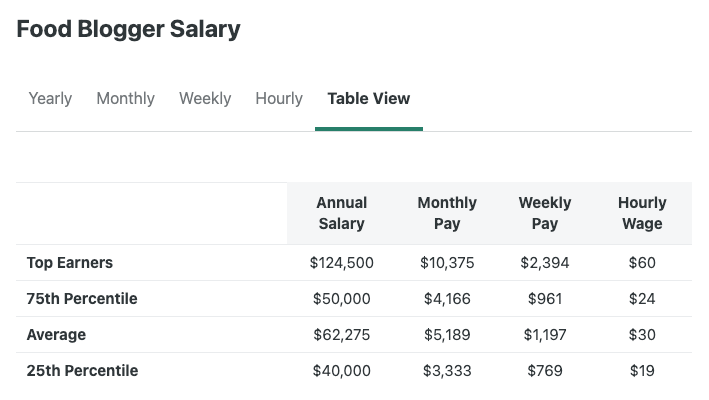
This figure can give you a general idea of what to expect, but keep in mind that salaries can vary widely based on factors such as experience, location, and the specific employer.
How to Make Money as a Food Blogger
If you’re new to the world of blogging, you probably don’t know where to start when it comes to making money from your food blog.
There are dozens of different revenue streams that you can choose from. Most highly-earning blogs are monetized with multiple income streams, but when you’re starting out, you can choose just a couple to focus on.
1. Display Ads on Your Food Blog
Display advertising is one of the most common ways to make money from a recipe blog. It’s straightforward to start with WordPress display ads, but you’ll need a lot of traffic before making any significant income.
Display ads are simply areas on your website that include text and image links advertising other websites. Display ad networks will automatically set up these website ads for you and calculate payment every time a visitor clicks the link in the ad.

The most accessible ad network to get started with is Google Adsense. You simply sign up for an account, add a few lines of code to your website, and Google will provide ad space on your recipe blog based on the content. They’ll also give you a tracking ID so you can see how many clicks each ad gets and how much revenue it generates. There are no minimum traffic requirements to get started, but you’ll need an established blog with high-quality content before you are approved for the program.
Once you start getting more traffic to your blog, you’ll probably want to move to a higher-paying ad network like Mediavine or Adthrive. These networks work with large brands and can offer you significantly more money for each ad placement. Each network has its own acceptance requirements, which usually include a minimum monthly traffic volume.
Some ad networks allow you to include video ads on your site in addition to text and image ads. This can be a great way to generate more income.
2. Selling Ad Space Directly
If you want to maximize your advertising income, you can sell ad space on your site directly to businesses rather than via an ad network.
The advantage of this approach is that you keep all the revenue generated from ads without paying an ad network commission. You also have more control over what type of ads are displayed on your site.
However, you’ll need to find advertisers, negotiate prices, and upload the ads yourself. In addition, most businesses will only want to buy advertising space from sites with proven traffic and high reader engagement.
To get started, create a page on your site that includes details of the ad packages available, your site’s traffic stats, and contact information. You can also compile a list of businesses that might be interested in advertising on your blog and contact them directly.
You’ll need to have a high traffic volume and a good reputation with advertisers before businesses will be willing to buy ad space directly from you. But, once you reach this point, you can command significantly higher rates than through an ad network.
Thankfully, using free plugins like Advanced Ads, it will be very easy for you to add and manage ads on your WordPress blog.
3. Affiliate Marketing
Affiliate marketing is a great way to make money from your blog without having to plaster your site with unattractive ads.
Affiliate marketing is a relationship between a merchant and an affiliate. The affiliate promotes the merchant’s products or services and receives a commission for each sale that is generated through their promotion.

Let’s say that you have a recipe on your site for pancakes and recommend a certain whisk in your recipe description because you’ve found that it produces the perfect batter consistency. If a reader then clicks your affiliate link and buys that whisk from Amazon or another online retailer, you’ll receive a small commission for your endorsement.
Amazon Associates is one of the easiest affiliate programs to start with because Amazon is a well-known and trusted eCommerce brand with a vast product selection.
To start making affiliate commissions with Amazon, simply sign up as an affiliate and use a special link every time you link to a product there. Your commissions will be calculated automatically, and you can cash out as soon as your balance reaches a certain level.
You can also sign up for other affiliate programs. Many retailers use a third-party affiliate program like ShareaSale, Pepperjam, or CJ.com to find affiliates for their products, while a few offer their own direct affiliate programs.
It’s not only physical products that are available as affiliate products. You can also earn money by promoting digital services like the best WordPress hosting, online courses, and software tools.
4. Sell Recipe Books & E-Books
Ads and affiliate links are a great way to make passive income from your blog. But if you have a dedicated audience and have made a name for yourself and your food recipes, why not consider selling your products?
Several successful food bloggers have made the leap from publishing online to selling cookbooks. For example, the top-selling cookbook on Amazon is currently a recipe book by Ree Drummond, better known as “The Pioneer Woman,” behind the highly successful blog of the same name.
In addition to classic cookbooks, you could also consider writing another kind of eBook. For example, you could write about how to organize your kitchen, how to get started as a food blogger, or you could even write a fiction novel with a food theme if you’re as talented with words as you are in the kitchen.
You no longer have to get a deal with a publisher to be a successful author. In addition to selling eBooks directly from your own food blog, it’s simple and easy to self-publish via Amazon and other platforms like Kobo. You can even opt to publish a physical version of your book in addition to the eBook version. With the “print on demand” model, you don’t have to invest any of your own money, and you’ll receive payments whenever someone buys your book.
5. Sponsored Posts & Brand Deals
Another popular method that food bloggers use to monetize their sites is through sponsored posts and brand deals.
Sponsored posts are blog posts written as a collaboration between the blogger and a brand or company. In return for writing the blog post, the brand will often give the blogger free products to use in their tasty recipes or pay them a fee to write about their product.
While sponsored posts may be a one-off arrangement, brand deals are an ongoing agreement between the brand and the blogger. In these deals, the brand may pay to receive regular mentions on your blog, or an agreed-upon package of blog posts and social media mentions.
This arrangement is sometimes known as being a “brand ambassador,” and food bloggers can be paid thousands of dollars for promoting a single product or company on their site multiple times per year.
One of the nice things about monetizing your blog in this way is that you can get started with only a modest following or blog traffic and increase your income gradually as your blog grows. For example, you might start offering brand mentions in exchange for complimentary products and gradually increase the amount you charge for each post as your traffic and social followers increase.
To start working with brands, contact them directly or join an influencer marketing agency. Agencies will take a cut of your fees, but they also take care of finding opportunities and negotiating rates.
6. Create an Online Course
If you have a skill that others want to learn, you could consider creating an online course to teach them.
Food bloggers are uniquely positioned to create online courses as they have already built up a loyal audience who trust their recipes and cooking advice. In addition, many food bloggers are experts in specific areas like baking or gluten-free cooking, which can form the basis of a course for readers hoping to improve their skills.
In its simplest form, an online course could be similar to an eBook, and you could simply sell a PDF or other electronic file that contains all the information.
However, if you want to create a more interactive experience for your students, you could consider using a platform like Teachable or Udemy that allows you to include video lessons, quizzes, and other interactive features that your course users can work through at their own pace.
These platforms work in different ways. For example, with Teachable, you can set the price for your course, but you’ll need to pay a monthly fee for the course hosting plus a fee on every transaction. On the other hand, Udemy doesn’t charge fees, but most courses are priced very low, and you’ll share the revenue you make with the platform.
If you don’t like either of these models, you can try a different online course platform or host your own interactive course using a WordPress LMS (learning management system) plugin.
Creating an online course can be a lot of work, but it can also be a very profitable way to monetize your food blog if you’ve already built up an audience. You could potentially charge hundreds or even thousands of dollars for an in-depth course that teaches people everything they need to know about the topic you’re an expert in.
You don’t necessarily need to create a course on how to cook. Building a successful food blog will also help you develop valuable skills such as food photography and social media management. Look at some other food blogs to get inspiration for courses you might want to create.
7. Develop an App
If you’ve already published a successful cookbook, you might want to consider developing an app to accompany it.
A recipe app can be a great way to further engage with your audience. It presents recipe videos and interactive content. If it’s successful, it can also be a very profitable venture.
You can charge a one-off fee for your app, or you can opt to set a recurring payment for access to new recipes and updates. However, you’ll need to put the time into creating new content regularly to ensure that people are still paying for it.
Another way of making money through an app is by releasing a free app monetized with in-app advertising.
However, building an app is somewhat more complicated than many of the other monetization options on this list. You could hire a programmer to create an app, but this can be expensive and limit your profit potential.
Another option is to use a no-code app-building platform, which gives you a set of drag-and-drop tools to build your app. These tools are much easier to use than learning to code your own app.
8. Sell Merch & Physical Products
This option is probably not worth considering until you’re already seeing a lot of success with your blog, but it’s worth mentioning as it can be a good way to add another steady income stream.
If you have a very dedicated audience that loves your brand, you could sell branded products such as aprons, tote bags, or clothing with your blog logo.

You could even consider developing your own line of kitchen equipment, tableware, or ingredients. Some big bloggers partner with an existing brand to create their own line of products. For example, lifestyle blogger Joy Cho has released several collections with Target, including party decor, picnic supplies, cake stands, and more.
9. Create a Membership Site
If your audience just can’t get enough of your content, you could consider creating a membership site where you can share exclusive recipes and other members-only content.
This is a great way to provide value for your most committed fans, and it can be another revenue stream that helps you make money from your blog.
A membership site could include new content each month, which means you’ll need to put the time into creating enough recipes or other helpful information to keep people coming back regularly.
If your site is hosted on WordPress, several membership plugins allow you to password-protect all sections of your site or individual resources.
An alternative is to keep your members-only content completely separate from your main blog. A few platforms, including Patreon, Buy Me a Coffee, and Memberful, are set up for this purpose.
10. Advertise Your Freelance Services
Many bloggers make money by offering freelance services in addition to earning passive income from their blogs.
If you have skills in social media marketing, content writing, food photography, recipe development, or any other related field, you could offer your services to businesses and individuals who need help with their own blog or online presence.
You can set your own rates and work as much or as little as you want. The best part is that you already have a captive audience to whom you can promote your services, and your blog is proof that you have the skills.
Freelancing isn’t strictly making money directly from your blog, but it’s a great way to leverage your blog’s audience and brand to make some extra money on the side.
11. Coaching & Consulting
Similarly, several successful food bloggers have turned their passion into a profession by offering coaching and consulting services to people seeking advice on blogging, food photography, recipe development, or marketing.
The difference between offering coaching or consulting services and freelancing is that you can usually command much higher rates, and you’ll typically offer your services on a limited basis. This is because people pay for your knowledge and advice rather than a specific service like writing or photography.
Not everyone is cut out to be a coach or consultant, but if you feel like you have a lot of knowledge and advice to share, this could be a great additional income stream for your food blog.
Start a Food Blog and Make Money Today
These are just a few ways to start a food blog and get paid in 2024. New monetization possibilities are popping up all the time, so the sky really is the limit when it comes to how much you can make from your blog.
Do your research, try out a few different methods, and see what works best for you and your audience. There’s no “right” or “wrong” way to make money from your blog. As long as you provide value and create content that people want to read, you can be creative and find a monetization strategy that works for you.
If you haven’t started your food blog yet, there’s no better time than now. Follow this simple step-by-step guide to starting a WordPress food blog and take it from there. This time next year, you could be making a killing in the kitchen.






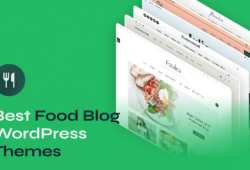
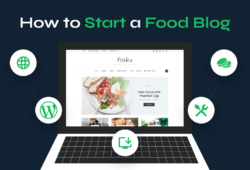
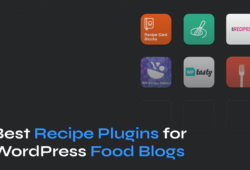
February 18, 2023 12:20 am
Totally incorrect. My clients (all food bloggers) make WELL into six figures and NO ONE sells ad space, or writes cookbooks, or most of what you’ve said here. They make quality content; join an ad network or two; monetize their youtube and Facebook videos. Voila! Bank.
December 2, 2023 6:40 pm
Hi Jenn,
I used to Chef for a living when I was younger and I currently have a catering company that is doing very well. But I think that I may be missing something. Lots of people in my network. Tell me that the things that I know in regards to how to handle food and kitchens, etc., not everyone is aware of these type of things. I would like to start some type of a blog to help people with simple practices in the kitchen and possibly some menu, instruction and things similar to that. What would I do to take my first step in this endeavor? Thank you so much .
Gerry
February 21, 2023 9:01 am
Hi Pavel
My name is Rick Marzan
I started a food blog 10 months ago. I work at it everyday, adding 1 to 2 blogs a week.
So far I have not made a cent.
Any advice.
Thanks